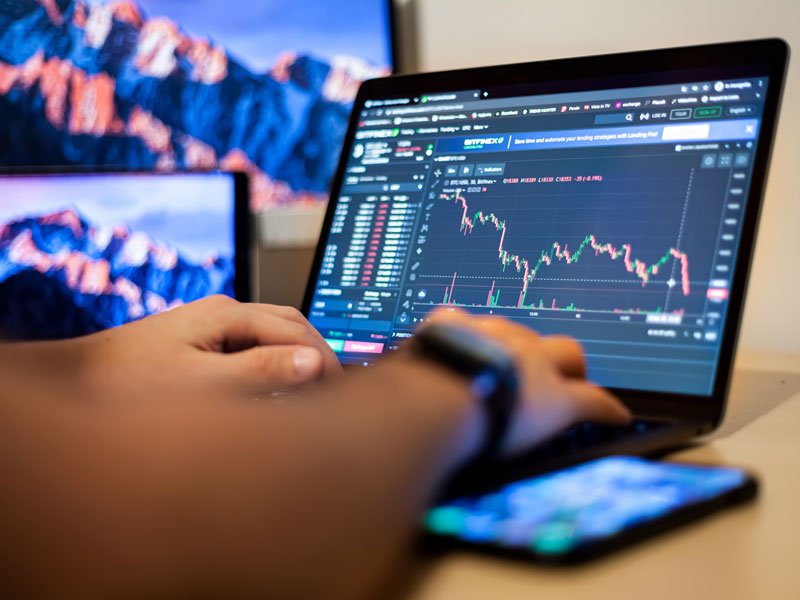
Understanding the Basics of Forex Trading
Forex trading, or foreign exchange trading, is the process of exchanging one currency for another with the aim of making a profit. It is one of the largest and most liquid financial markets in the world, with a daily trading volume exceeding $6 trillion. As a beginner, understanding the fundamentals is essential for navigating this dynamic market. To explore further, you can check out forex trading basics https://forex-level.com/ for more insights.
What is Forex Trading?
Forex trading involves buying and selling currency pairs. Unlike stocks, which represent ownership in a company, currency pairs reflect the value of one currency relative to another. The goal of forex traders is to profit from fluctuations in exchange rates. The foreign exchange market operates 24 hours a day, five days a week, allowing traders to participate at any time.
Currency Pairs Explained
Currency pairs are divided into three categories: major pairs, minor pairs, and exotic pairs. Major pairs, such as EUR/USD and USD/JPY, are the most traded and have the highest liquidity. Minor pairs do not involve the US dollar, while exotic pairs combine a major currency with a currency from a developing economy. Understanding how to read currency pairs is fundamental in forex trading.
For instance, in the currency pair EUR/USD, if the exchange rate is 1.1000, it means that 1 Euro is equal to 1.10 US Dollars. Traders can either buy (go long) the pair if they believe the Euro will strengthen against the Dollar or sell (go short) if they anticipate the opposite.
Market Participants
The forex market comprises various participants, including central banks, financial institutions, corporations, and individual traders. Central banks play a crucial role by influencing currency supply and interest rates, while financial institutions provide liquidity. Corporations engage in forex to facilitate international trade, while individual traders engage for investment purposes.
Technical and Fundamental Analysis
To succeed in forex trading, traders often resort to two predominant types of analysis: technical analysis and fundamental analysis.
Technical analysis involves examining price charts and using indicators to predict future price movements. Traders analyze patterns, trends, and key levels of support and resistance to make informed decisions.
On the other hand, fundamental analysis examines economic indicators, news events, and geopolitical factors that may impact currency values. Key metrics include inflation rates, employment figures, and economic growth rates.

Trading Strategies
There are various trading strategies employed by forex traders, and choosing the right one depends on individual risk tolerance and trading style. Some popular strategies include:
- Scalping: A short-term strategy focusing on making small profits from minor price changes, often executed within minutes.
- Day Trading: Involves entering and exiting trades within a single trading day, avoiding overnight market risks.
- Swing Trading: A medium-term strategy where traders hold positions for several days or weeks to capture larger price movements.
- Position Trading: A long-term strategy focusing on fundamental analysis, where traders hold positions for weeks, months, or even years.
Risk Management in Forex Trading
Risk management is a critical aspect of forex trading. As a highly leveraged market, traders can gain significant returns, but they also face the risk of substantial losses. Key risk management techniques include:
- Setting Stop-Loss Orders: These orders automatically close a trade at a predetermined loss level to limit potential losses.
- Diversification: Spreading investments across different currency pairs to mitigate risk.
- Position Sizing: Determining the appropriate amount to invest in a trade based on individual capital and risk tolerance.
Forex Trading Platforms
To participate in forex trading, traders need a trading platform provided by brokers. These platforms offer a user-friendly interface, access to market data, and various tools for analysis. Some of the popular trading platforms include MetaTrader 4 (MT4), MetaTrader 5 (MT5), and cTrader. Each platform has its own features, so traders should choose one that suits their needs.
Emotional Control and Psychology of Trading
The psychology of trading plays a significant role in a trader’s success. Emotional control is crucial as fear and greed can lead to impulsive decisions. Developing a trading plan and sticking to it helps mitigate emotional trading. Traders should also keep a trading journal to review their decisions and learn from their successes and mistakes.
Final Thoughts
Forex trading offers opportunities for profit, but it also carries risks. Understanding the basics, choosing a suitable trading strategy, and implementing effective risk management are key components of successful trading. As you delve into the world of forex, continuous education and practice will enhance your skills and confidence. Remember, the market is constantly evolving, and staying informed is essential for any trader.
Whether you’re just starting or looking to refine your trading strategies, being equipped with the right knowledge will pave your way in the world of forex trading.
